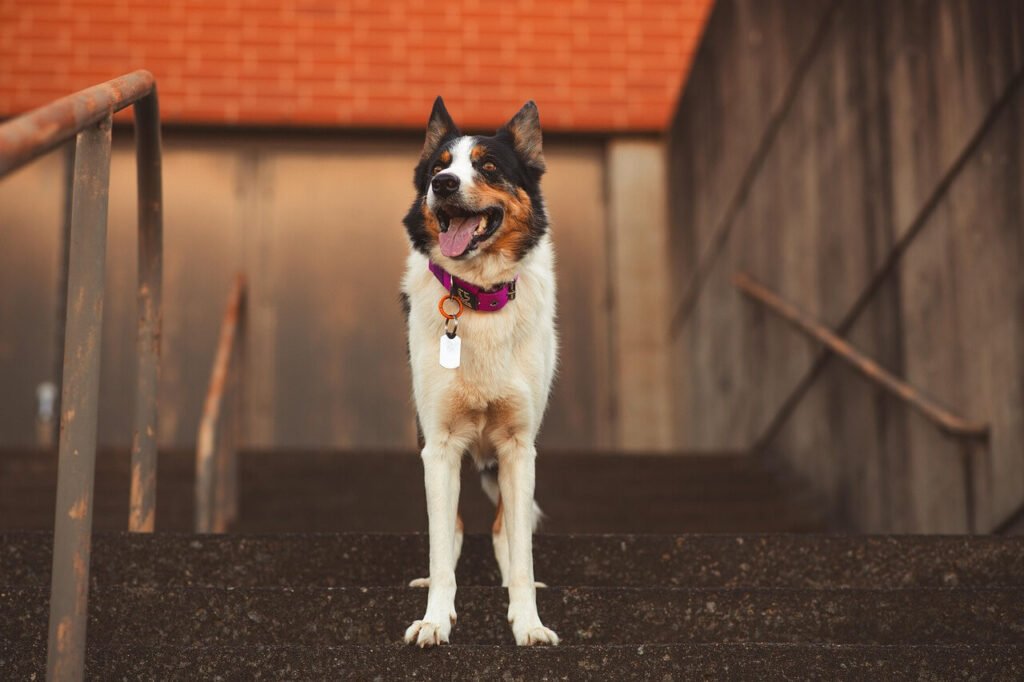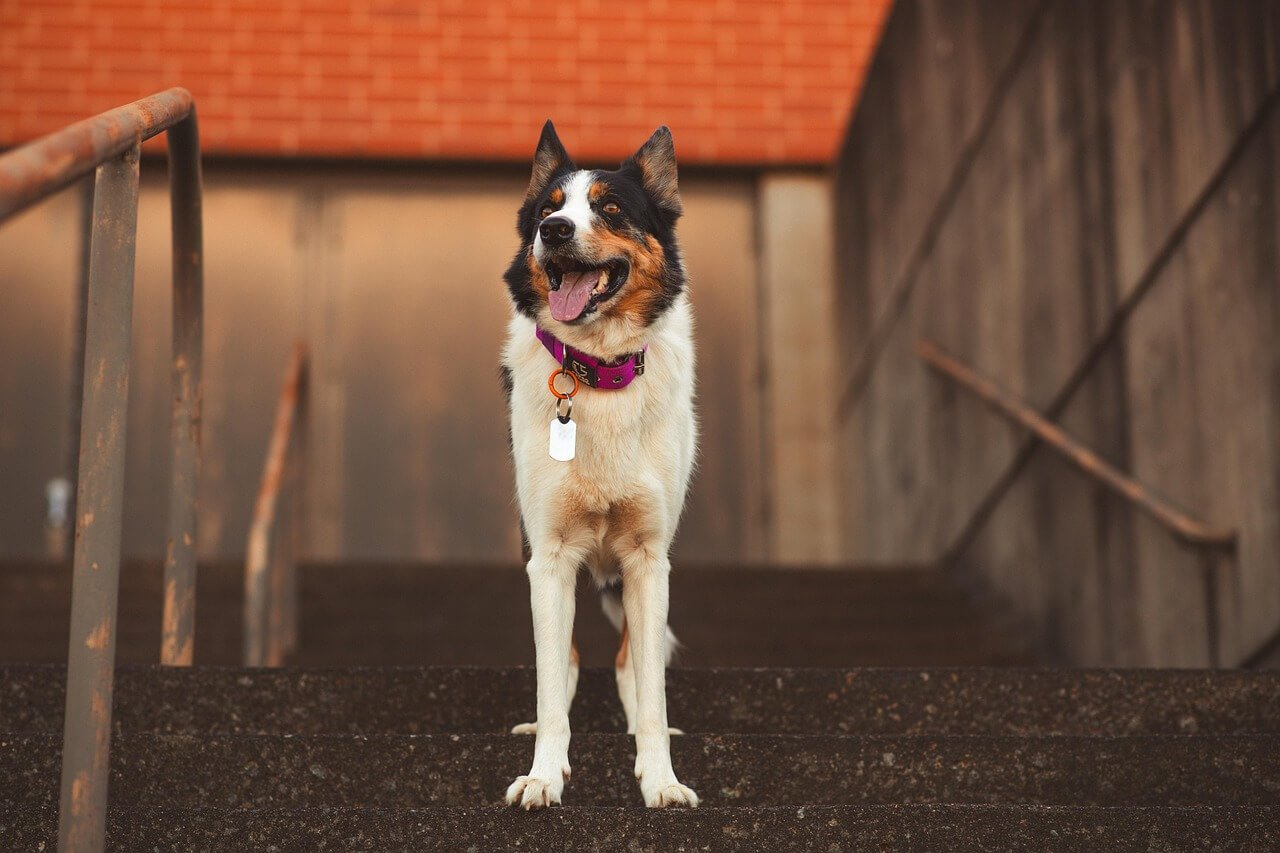Understanding Infected Dog Acne: Causes, Symptoms, and Solutions
Dog acne might sound unusual, but it’s a common skin condition that affects many dogs, particularly during their adolescent years. Similar to human acne, this condition occurs when hair follicles become clogged or inflamed, leading to red bumps, pustules, or scabs on your dog’s skin. While mild cases are often harmless, infected dog acne can cause discomfort and even lead to more serious health issues if left untreated. In this blog post, we’ll explore the causes, symptoms, and treatment options for infected dog acne, as well as practical tips to prevent recurrence. Whether you’re a first-time dog owner or a seasoned pet parent, this guide will help you keep your furry friend happy and healthy.
Common Causes of Infected Dog Acne
Understanding the root causes of infected dog acne is key to preventing and managing the condition effectively. Several factors can contribute to the development of acne in dogs, ranging from genetics to environmental triggers.
Hormonal changes during adolescence can increase oil production, leading to clogged pores and acne.
Bacterial infections often exacerbate acne, turning mild breakouts into painful, pus-filled lesions.
Rough play or trauma to the skin can damage hair follicles, creating an entry point for bacteria.
Poor grooming habits may allow dirt and debris to accumulate on the skin, worsening acne.
Allergies or sensitivities to certain foods or environmental factors can irritate the skin and trigger outbreaks.
By identifying these potential causes, you can take proactive steps to minimize your dog’s risk of developing infected acne and ensure their skin stays clean and healthy.
Symptoms of Infected Dog Acne: What to Look For
Recognizing the symptoms of infected dog acne early can help you address the issue before it worsens. Keep an eye out for these telltale signs, especially if your dog is prone to skin problems.
Red, inflamed bumps or pustules around the chin, lips, or muzzle area.
Scabs or crusty patches on the skin caused by persistent scratching or rubbing.
Swelling or tenderness in affected areas, which may indicate an underlying infection.
Excessive licking or chewing at the chin, signaling discomfort or irritation.
A foul odor emanating from the affected skin, suggesting bacterial overgrowth.
If you notice any of these symptoms, it’s important to consult your veterinarian promptly to determine the best course of action and prevent complications.
Check this guide 👉How to Treat Dog Acne: Best 7 Health Tips!
Check this guide 👉Dog Acne on Chin: Best 7 Health Tips!

Preventive Measures for Dog Acne | Treatment Options for Infected Acne |
|---|---|
Regularly clean your dog’s food bowls to reduce bacteria buildup. | Use medicated shampoos containing benzoyl peroxide or chlorhexidine. |
Avoid plastic feeding dishes, as they can harbor bacteria. | Apply topical ointments prescribed by your veterinarian. |
Groom your dog regularly to remove dirt and debris from their coat. | Administer oral antibiotics to combat severe infections. |
Provide a balanced diet to support skin health and reduce allergies. | Use warm compresses to soothe inflammation and promote healing. |
Discourage rough play that could irritate sensitive skin areas. | Monitor your dog closely to ensure the infection doesn’t recur. |
Home Remedies for Managing Infected Dog Acne
While veterinary care is essential for severe cases, there are several home remedies you can try to manage mild cases of infected dog acne. These natural solutions can complement professional treatments and promote faster healing.
Clean the affected area gently with a warm, damp cloth to remove dirt and debris.
Use diluted tea tree oil (ensure it’s pet-safe) to disinfect the skin and reduce bacteria.
Apply coconut oil to moisturize dry skin and soothe irritation without clogging pores.
Switch to stainless steel or ceramic food bowls to minimize bacterial contamination.
Ensure your dog has access to fresh water to stay hydrated and support skin health.
These remedies can help alleviate discomfort and speed up recovery, but always consult your vet before trying new treatments.
Tips for Preventing Recurrence of Infected Dog Acne
Preventing infected dog acne from recurring involves addressing the underlying causes and maintaining good hygiene practices. Here are some tips to keep your dog’s skin healthy and acne-free.
Bathe your dog regularly with a gentle, hypoallergenic shampoo to prevent oil buildup.
Inspect your dog’s skin frequently for early signs of irritation or infection.
Provide a high-quality diet rich in omega-3 fatty acids to promote skin resilience.
Avoid exposing your dog to harsh chemicals or allergens that could irritate their skin.
Schedule routine check-ups with your vet to monitor your dog’s overall skin health.
By incorporating these habits into your dog’s care routine, you can significantly reduce the likelihood of future acne flare-ups.
Common Mistakes to Avoid When Treating Infected Dog Acne
Treating infected dog acne requires care and precision. Unfortunately, many pet owners inadvertently make mistakes that can worsen the condition or delay healing. Being aware of these common pitfalls can help you avoid them and ensure your dog recovers quickly.
Using harsh chemicals or human skincare products on your dog’s skin can irritate it further.
Over-bathing your dog in an attempt to clean the acne may strip their skin of natural oils, leading to dryness and irritation.
Ignoring signs of infection, such as swelling or pus, can allow the condition to progress into a more serious issue.
Allowing your dog to scratch or rub the affected area can introduce more bacteria and cause scarring.
Failing to address underlying causes, like poor diet or allergens, can result in recurring acne outbreaks.
By steering clear of these mistakes, you can provide your dog with the best possible care and support their recovery effectively.
How Diet Impacts Infected Dog Acne
Your dog’s diet plays a crucial role in their overall skin health, including the development and healing of infected dog acne. A balanced, nutrient-rich diet can help reduce inflammation and promote faster recovery.
Feeding your dog foods high in omega-3 fatty acids, like salmon or flaxseed, can reduce skin inflammation.
Avoiding processed foods and artificial additives can minimize allergic reactions that may trigger acne.
Ensuring your dog has access to fresh, clean water keeps their skin hydrated and supports detoxification.
Incorporating probiotics into their diet can improve gut health, which is closely linked to skin health.
Limiting treats or table scraps that contain sugar or unhealthy fats can prevent clogged pores.
A thoughtful approach to your dog’s nutrition not only aids in treating infected acne but also contributes to long-term skin wellness.
Signs It’s Time to See a Veterinarian
While home remedies and preventive measures can often manage mild cases of infected dog acne, some situations require professional intervention. Recognizing when to consult a veterinarian ensures your dog receives the appropriate care.
If the acne doesn’t improve after a week of home treatment, it may indicate a deeper issue.
Persistent swelling or redness that spreads beyond the initial area could signal a worsening infection.
The presence of fever or lethargy alongside acne suggests your dog’s immune system is struggling.
Excessive licking, chewing, or scratching at the acne can lead to secondary infections if untreated.
Any unusual discharge, such as blood or pus, warrants immediate veterinary attention.
Knowing when to seek professional help ensures your dog’s condition is addressed promptly and effectively, preventing complications down the line.
Frequently Asked Questions About Infected Dog Acne
Can infected dog acne spread to other parts of the body?
Typically, dog acne is localized to the chin and muzzle area, but if left untreated, bacteria can spread to nearby regions.
Is dog acne contagious to other pets?
No, dog acne is not contagious, but shared items like toys or bowls can harbor bacteria that may contribute to acne.
How long does it take for infected dog acne to heal?
Mild cases may resolve within a week, while severe infections can take several weeks with proper treatment.
Can I use human acne products on my dog?
No, human products can be too harsh for a dog’s sensitive skin and may worsen the condition.
Should I pop my dog’s acne pimples?
Avoid popping pimples, as this can introduce bacteria and worsen the infection.
Caring for Your Dog’s Skin: A Path to Comfort and Health
Infected dog acne may seem like a minor issue, but it can cause significant discomfort for your furry companion if not addressed properly. By understanding the causes, recognizing the symptoms, and implementing preventive measures, you can help your dog maintain healthy skin and avoid unnecessary pain. Remember, your veterinarian is your best ally in managing this condition, so don’t hesitate to seek professional advice when needed. With the right care and attention, you can ensure your dog enjoys a happy, acne-free life.
Understanding Cryptosporidium in Cats: Best 7 Expert Tips! – Spot symptoms, treat safely, and stop parasite spread in your home.
Understanding Cryptosporidium in Dogs: Best 7 Expert Tips! – Learn symptoms, treatment & prevention for this stubborn gut parasite.
Understanding Syringomyelia in Cats: Best 7 Expert Tips! – Recognize signs, manage pain, and support your cat’s neurological health with vet-backed guidance.
Understanding Syringomyelia in Dogs: Best 7 Expert Tips! – Expert insights on symptoms, MRI diagnosis, pain management & quality of life.





